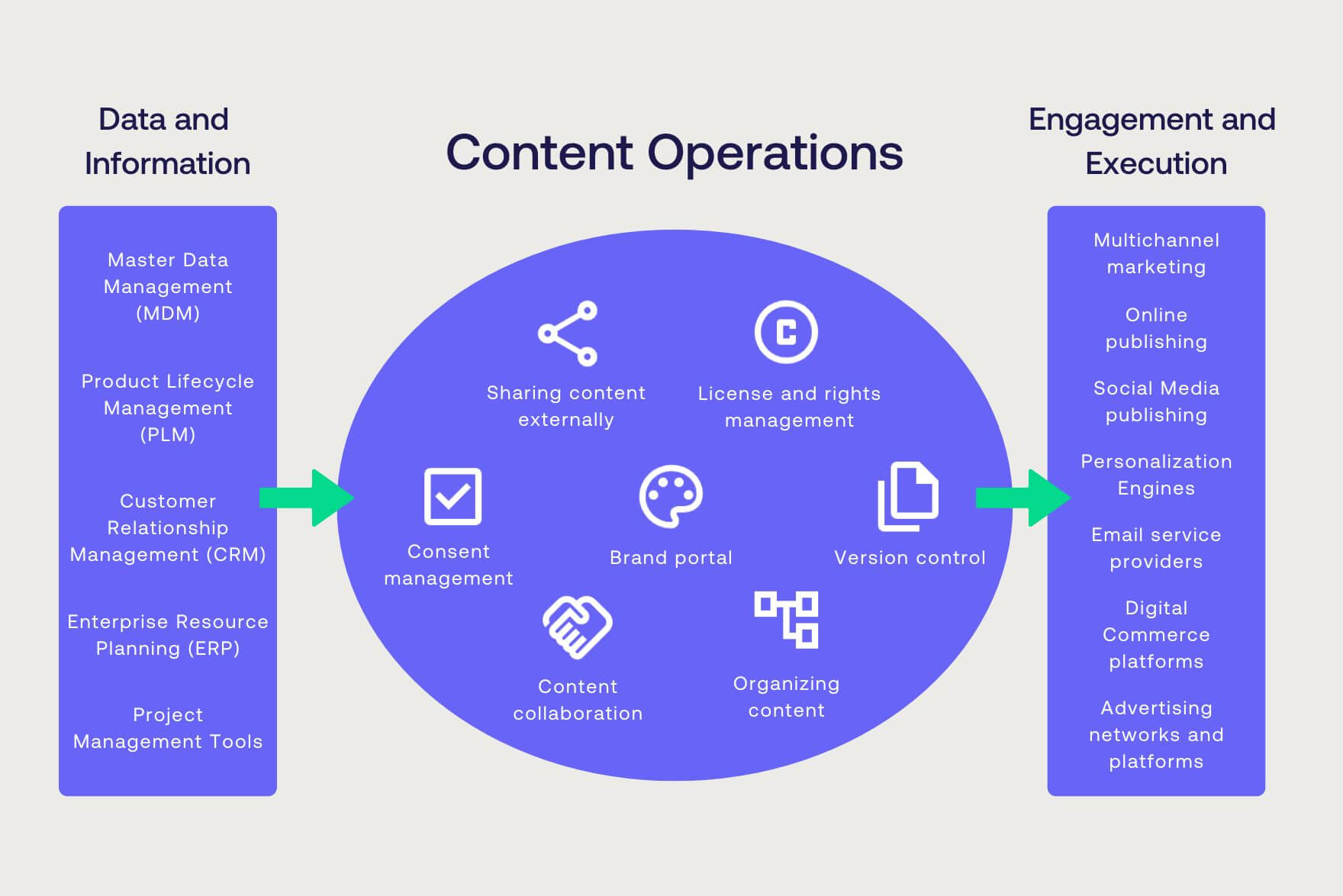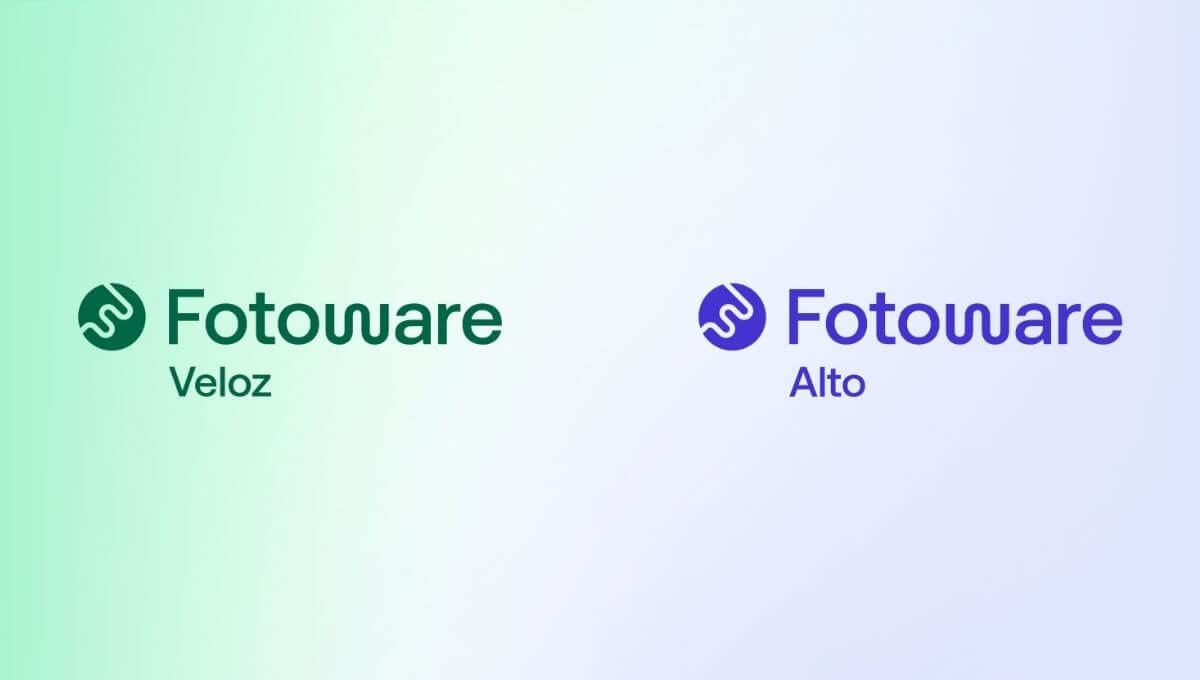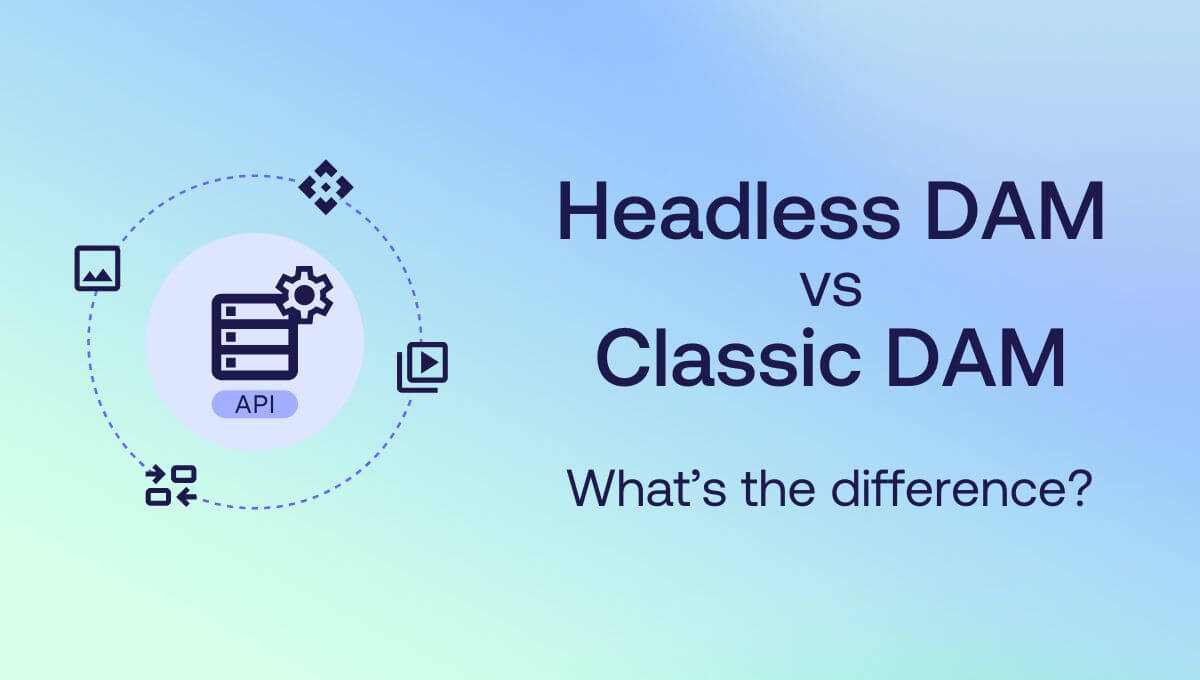
DAM trends: Embracing DAM 3.0 for effective content operations
In the ever-evolving landscape of digital content, the role of Digital Asset Management (DAM) has evolved beyond its origins as a simple image repository and is now shaping the current trends in content operations.
As a DAM vendor, we find ourselves at the forefront of a paradigm shift, where DAM is no longer just about storing images - it has become the heart of content operations, ringing in the era of DAM 3.0 and content workflow platforms.
This development is fueled by a (post-)Covid world where remote work has become the new normal, increasing the demand for a centralized, integrated DAM solution even more. This trend is also reflected in recent market analyses, which project growth for the DAM market and anticipate a Compound Annual Growth Rate (CAGR) of 13.2% from 2023 to 2030 (SnS Insider).

The heart of content operations
Initially, DAM emerged as a solution for efficiently storing and managing digital images. Organizations leveraged DAM systems to organize, categorize, and retrieve visual assets.
However, the digital landscape is witnessing a transformation, and so has the role of DAM.
Fast forward to the present, DAM is taking a pivotal role in content operations, providing the central hub of organizations’ content ecosystems, the defining character of DAM 3.0.
Learn more: What is Content Operations?
For this to be possible, a DAM must seamlessly integrate with a plethora of technologies that constitute the modern business tech stack.
Systems that DAM solutions often integrate with include:
- Product Information Management (PIM),
- Content Management Systems (CMS),
- Master Data Management (MDM),
- Multi-channel Marketing Hubs (MMHs),
- Customer Relationship Management (CRM), and
- Enterprise Resource Planning (ERP),
as well as design tools and communication platforms, offering a unified approach to managing diverse content types.

— A single source of truth for digital content isn't just a convenience; it's a competitive advantage. Centralizing content through a DAM empowers you to maintain consistency, accuracy, and control across all touchpoints.
The role of AI: revolutionizing DAM
Artificial Intelligence (AI) is a driving force behind the current trends shaping DAM 3.0.
AI-powered image recognition technologies are revolutionizing how content is managed and accessed. Enriching assets with metadata becomes a smarter process, fostering better consistency and accuracy, ultimately driving operational efficiency and increasing the accessibility and reusability of content.
AI-powered tools can also assist in content quality assessment, ensuring that assets meet specific standards before they are published or distributed, and therefore, overall enhancing the quality of output.
Read more: Top 5 reasons why you should automate metadata tagging in DAM
— We are at a pivotal point in our relationship with AI and its ability to auto-tag content. Visual media can be tricky to classify, especially if it is conceptual in nature, so the way we train AI will directly impact the validity and relevance of the search results.”
Learn more: How to leverage AI for Digital Asset Management
AI does not only empower organizations to manage and leverage their digital assets more efficiently in their DAM system; it helps track and manage usage rights, permissions, and licensing associated with digital assets. It can monitor and flag potential violations, guiding DAM users in making informed decisions about their content.
Streamlining workflows in a complex ecosystem
As an organization’s content ecosystem expands, another key focus of DAM 3.0 becomes apparent: streamlined workflows are imperative. More systems, more data, and more people require the implementation of collaborative workflows to ensure efficiency and agility in content operations.

— We know that the key success factors of content workflows are integrations and collaboration. With Fotoware, we provide a connected hub for your content, a platform which communicates with other business-critical tools to help streamline workflows for massive amounts of content. Leveraging workflow capabilities to improve efficiency in collaboration and distribution of content can be pivotal.
Learn more about workflows in our free guide: 5 essential Digital Asset Management workflows
Focus on ROI: Value-driven DAM solutions
Beyond traditional benefits, the focus on Return on Investment (ROI) has become a significant driver for adopting DAM solutions. Organizations are now seeking value-driven features and functionalities that contribute directly to generating higher ROI.
As a DAM vendor, we understand the importance of aligning our solutions with the evolving needs of our clients, providing not just a repository for assets but a strategic component in their tech stacks.
In conclusion, DAM has evolved far beyond its origins to the next level of DAM 3.0, becoming indispensable for organizations aiming for effective content operations in a technologically complex landscape.
As we navigate this transformative journey, we remain committed to delivering innovative solutions that empower our clients to thrive in the digital age.

Planning to purchase a DAM system?
Make an informed decision with the Digital Asset Management Buyer's Guide.


